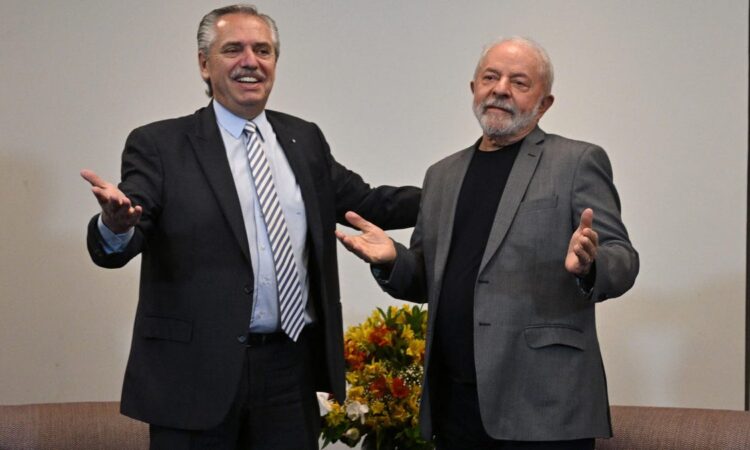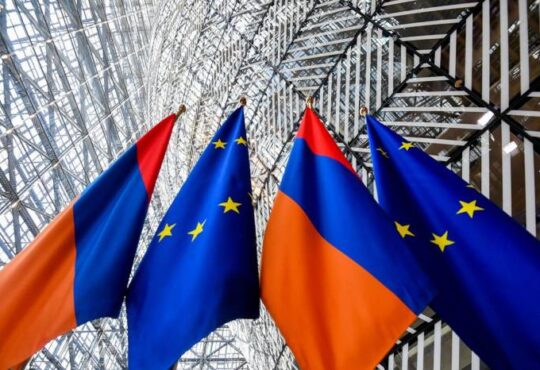
News of new multi-national currencies in South America and Asia leads me to speculate once again: Does going digital mean that we are on the way to more, not fewer, currencies because there will be different digital currencies designed for different purposes?
The technologies of cryptocurrency mean that literally anyone can create money! But who will? And why will they, when they could just use US Dollars? Well, it turns out that not everyone is happy with greenbacks as the global reserve.
From Many, A Few
We used to have hundreds of currencies from pieces of eight to doubloons to iron bars and copper tokens. Now, the Dollar is the global reserve currency and dominates in global trade. But is that a law of nature or just the way things are now? Would it make life easier and minimise transaction costs if digital technology turned the whole world into a single currency union and we could all use FedCoin or USDCUSDC or whatever digital dollar ends up dominating the market?
Back to the future of money.
© Helen Holmes (2023).
Countries benefit in various ways from belonging to a currency union—a group of countries that share a single currency. Businesses can trade and invest across borders more easily. Member countries gain access to larger markets without facing currency risk. And in some circumstances, currency unions can help support their members when they are hit by external shocks. Such unions usually go hand in hand with deeper economic integration and research shows that since the end of WWII, currency unions have on average been associated with 40% more trade between member countries. More trade, more prosperity
(There are also costs to membership, of course: countries relinquish the independence to formulate monetary policy, which can complicate a country’s adjustment to a shock.)
There are four currency unions in the world right now — the Euro, the Central African Economic and Monetary Community, the Eastern Caribbean Currency Union and the West African Economic and Monetary Union — and perhaps more around the corner. After all, there has been talk about a common currency for Gulf states for decades and who knows if this might be revived in the context of digital currency.
I was therefore interested to read that during his first visit to Argentina as Brazil’s new President, Luis Ignacio Lula da Silva, raised the possibility of his country and Argentina pursuing a joint trading currency called the “Sur” (“South”). The stated purpose would be to promote bilateral trade rather than seeking a monetary union such as exists in the EU, and would involve state-backed loans from Brazilian banks active in Argentina and Argentina in turn collateralising this borrowing with commodities such as grains or natural gas.
The Sur is not the only new currency on the drawing board in South America, by the way. Argentina wants to introduce a preferential exchange rate (the “tech dollar”) for freelancers selling their services overseas so that they are not exposed to the local currency, which does not have a history of stability. They already had a “soy dollar” (Argentina is the world’s third-biggest producer of soybeans, behind Brazil and the United States) which meant that farmers could exchange their dollars earned from soybean sales at a preferential rate (as opposed to at the official exchange rate).
At the same time, Russia and Iran are working together on a similar common currency, a “token of the Persian region”, backed by gold to replace the dollar for payments in international trade. As in the case of the Sur, the purpose is not to replace fiat currency in domestic circulation. The executive director of the Russian Association of the crypto industry and blockchain, Alexander Brazhnikov, says clearly that the proposed currency will be used as a means of payment in transactions involving international trade.
Money Is Trust
In his book Sapiens — A Brief History of Humankind, the historian Yuval Noah Harari writes about the “cognitive revolution” and human beings gaining the ability to communicate information about relationships and therefore reputation. He talks about the ability of the neolithic clan to remember the mutual obligations that bind people together when they can grasp the idea of a future, and how the group memory does not scale into the settlements of the agricultural revolution, thus necessitating the invention of money. He writes that “When trust depends on anonymous coins and cowrie shells, it corrodes local traditions, intimate relations and human values.”
As society scales beyond the ability of individuals the local (including the money) is given up to the global. But what if the internet, social media and mobile phones mean that we are returning to Harari’s “local traditions, intimate relations and human values” as the basis for trade precisely because we can recreate the clan’s diffuse memory of obligations but at population scale?
If this is true, then it is not implausible to imagine that new forms of money will arise that map more closely to the values of the communities they serve. Those communities will not be limited to people, of course. Much if not most trade will be between machines, between my car and your garage door, between my flying car and your AmazonAMZN drone. We might see communities of robots developing their own money to reflect their own values!
We think a lot about central bank digital currencies and assume that they will be cyberreplicants of the currencies that we have now. But surely digital technology means that we can reinvent currencies for the new world! I think it is time for us to think more clearly about an inevitably different future of digital currency and start to plan for what it will mean for business.
Follow me on Twitter or LinkedIn. Check out my website or some of my other work here.




